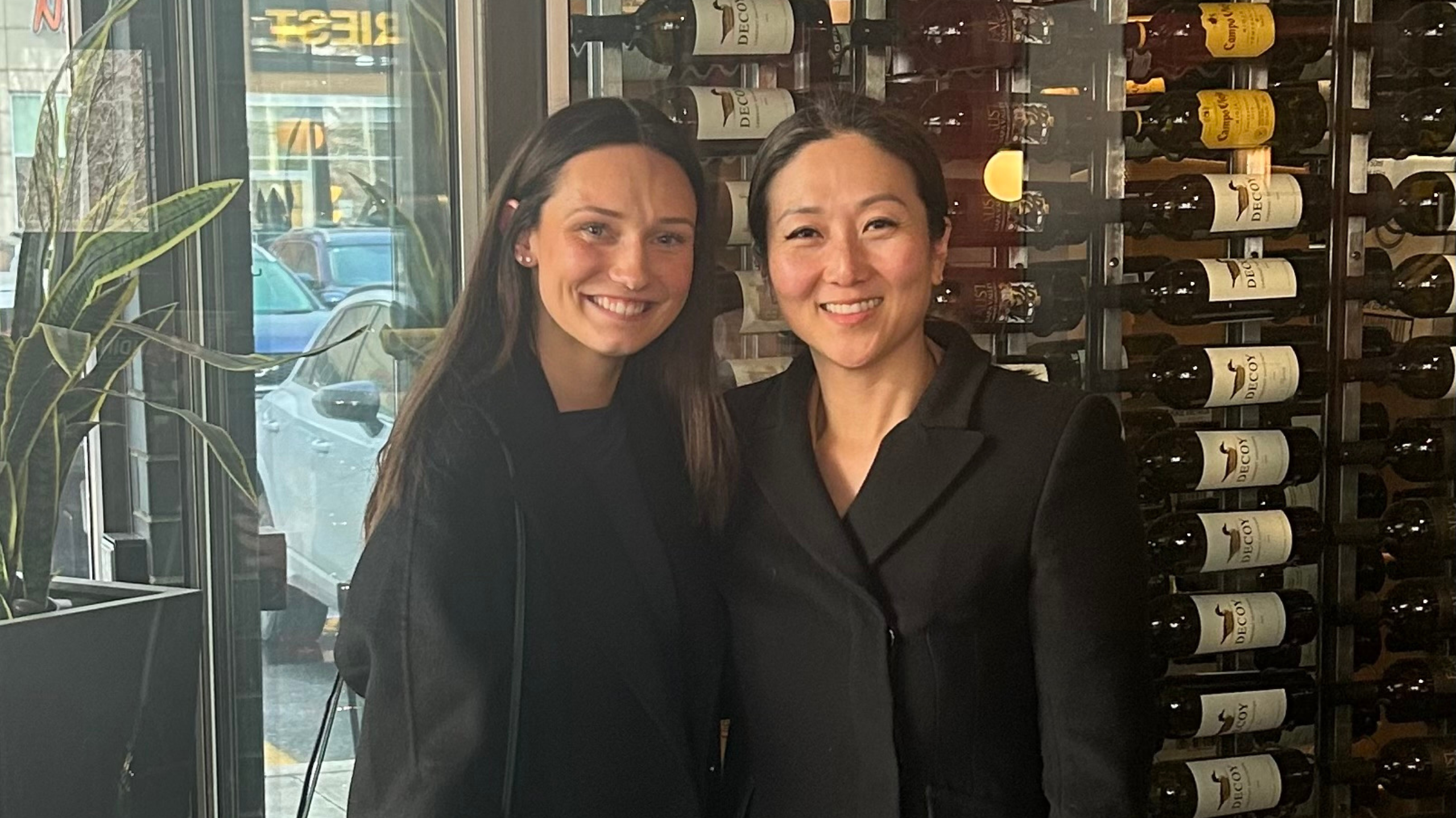For the past 15 years, I’ve been writing and talking a lot about the importance of building a strong community of leaders in our organizations.
I have been fortunate to have been part of a community of leaders a couple of times in my career. There is no greater feeling than sharing values, aspirations and a commitment to win with other leaders.
However, although the importance of community building has always been an important aspect of my work with senior executives, this idea is resonating more than ever.
I believe it’s because leaders recognize they can’t do it alone any longer.
Today’s business world is too complex to be navigated by just one or two leaders. We will only find success if we come together as leaders to innovate, collaborate and drive the execution of the organization’s strategic priorities.
And it’s not just about the leadership class. When leaders get it right, and demonstrate to their employees they can work together, it makes for happier, more engaged and more productive employees.
That last point should not be understated. Good leadership promotes employee well-being. And bad leadership can lead to a stressful, destructive working environment.
The great work by Dr. Jeffrey Pfeffer has put a big spotlight on the price of workplace stress. In his book, Dying for a Paycheck, Pfeffer notes that workplace stress is costing US companies an estimated $200 billion every year in healthcare costs.
When we talk about workplace stress, what exactly do we mean? Many experts have reported on what they see as an epidemic of loneliness and isolation among employees and leaders. This sense of isolation is eroding people’s health and performance. Dr. Vivek Murthy, served as the 19th Surgeon General of the United States from 2014 to 2017, wrote a compelling article in HBR on the huge human and economic costs of this problem. And he is not alone in the scientific community.
Research conducted by Naomi Eisenberger has found that feeling disconnected at work creates sensations of pain in the brain, much like which are felt when you have a physical injury. This social pain has a price to employees. This suggests how our well-being is rooted in the neurons in our brains.
All of this is sounding gloomy. It certainly should be a cause for concern. But there is good news.
All this research that shows a sense of community can function as an antidote for loneliness and workplace stress on our minds and bodies.z
Seth Godin, in his book Tribes, says that for millions of years, humans have been part of one tribe or another. We can’t seem to help it. Our need to belong is one of the most powerful survival mechanisms that we have. Whether it is through the small villages in which we live, or the clubs and groups that we form, we seem to have an internal need to connect and interact with others.
Neuroscience validates this theory and shows that feeling connected is intrinsically rewarding for each of us at the cellular level. Other research has established that the social support that comes from being part of strong communities is good for our health. We don’t need to look further than the proliferation of social media sites; online communities have the same effect on us, tapping into our need to belong and to be connected.
If we extend this thinking to leadership, we can see how leaders who are able to build and sustain a strong community among employees and other leaders will thrive in the future. Everyone wants to work with leaders who create community, and run away from those who create dreadful work environments that promote isolation.
Now is the time for us to start paying attention to becoming community builders. You might be saying to yourself, how do I start?
Just ask yourself: what kind of climate would you need to be at your best and make your fullest contribution?
It’s remarkable to me how consistent the answer has been. Whether I’ve been in Singapore or Sao Paolo, New York or Sydney, or Montreal or Milan.
“I will be at my best in a climate where there is clarity about the work we need to do, a deep commitment to get it done, and a sense that through it all, my colleagues have my back.”
For this sense of community to really take hold, you need to want it. Community doesn’t happen by accident.
It requires constant attention. You must continuously create ways to connect colleagues with one another.
You will know when you have it right because it will be a visceral feeling. You will feel the high level of clarity and commitment. You will be blown away by trust and mutual support. You will be part of something great, something special and something rare.
If you’ve never experienced a strong sense of community at work at first you may not trust it because you won’t believe it’s going to work. But give it time. It will be hard work, but it will be extremely rewarding.
As a leader you’ll feel liberated because you’ll have a sense of confidence, knowing that others have your back and are acting in your best interests and in the best interests of the organization.
This week’s gut check for leaders blog asks: are you a community builder?
We have many resources to help you become the most accountable leader you be, develop accountable leaders on your team, and scale leadership accountability across your organization.
Signup for our monthly newsletter with the latest Gut Check for Leaders, Lead the Future Podcast, and other important leadership accountability news.
Also, you can RSVP for our upcoming webinar, join our online community of accountable leaders, or buy Dr. Molinaro’s, latest book, Accountable Leaders, on Amazon.
© 2019 Vince Molinaro (Leadership Contract Inc.)





